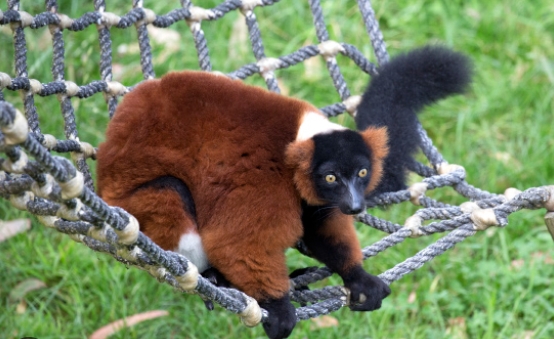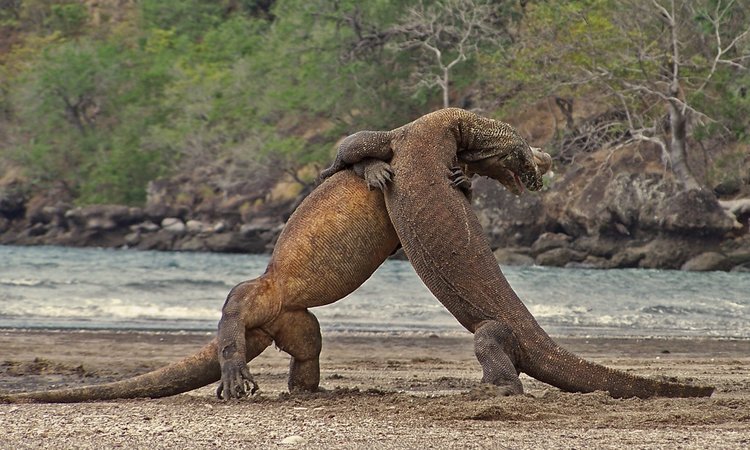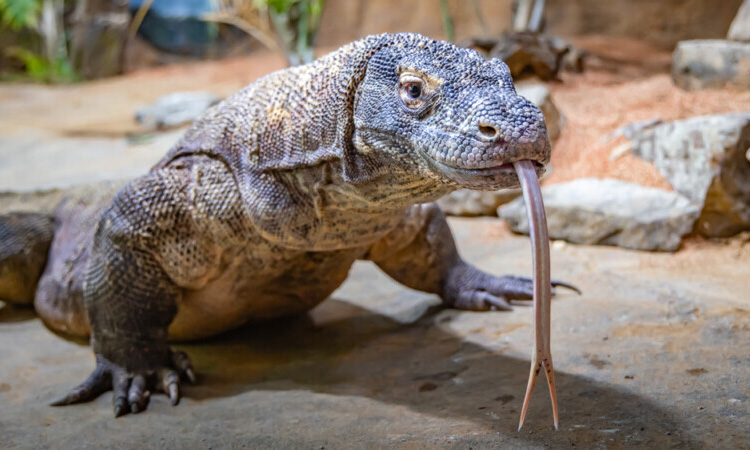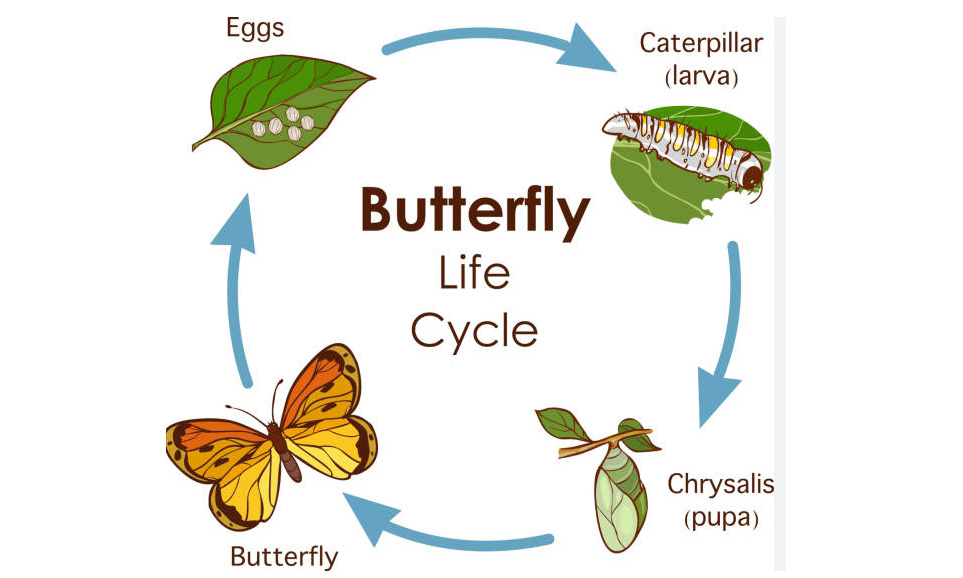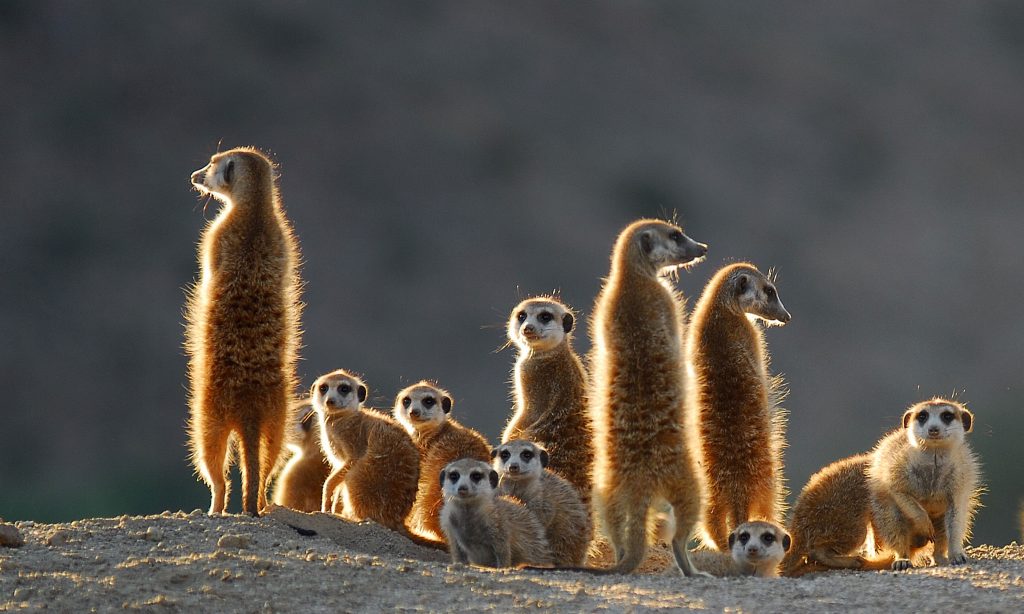The Giant Red Lemur is one of Madagascar’s most iconic and endangered primates. Let’s explore what makes this species unique and why it is facing a threat to its survival.
Appearance and Habitat
The Giant Red Lemur, also known as the Red Ruffed Lemur, is easily recognizable by its vibrant red fur and distinctive black and white face markings. These primates can grow up to 5 feet in length and weigh around 7-10 pounds.
They are found only in the northeastern forests of Madagascar, where they inhabit dense, humid rainforests and spend most of their time in the treetops. The giant red lemurs are known for their loud and distinctive calls that can be heard echoing through the forest.
Diet and Behavior
Giant Red Lemurs are primarily frugivores, meaning they primarily eat fruit, but they also consume leaves, flowers, and seeds. They play an important role in their ecosystem as seed dispersers, helping to maintain the biodiversity of the forest.
These lemurs are social animals that live in small family groups, typically consisting of a dominant male, several females, and their offspring. They communicate through vocalizations, scent marking, and grooming each other.
Threats to Survival
The Giant Red Lemur is listed as critically endangered by the International Union for Conservation of Nature (IUCN). The primary threats to their survival include habitat destruction due to deforestation, hunting for bushmeat, and the illegal pet trade.
Conservation efforts are underway to protect the remaining populations of Giant Red Lemurs. Some measures include creating protected areas, enforcing laws against hunting and illegal trade, and raising awareness about the importance of conserving these unique primates.
Supporting Conservation
You can help support the conservation of the Giant Red Lemur and other endangered species in Madagascar by donating to organizations that work to protect their habitats, such as the Madagascar Fauna and Flora Group or the Aspinall Foundation.
By taking action to protect these iconic primates, we can ensure that future generations will have the opportunity to experience the beauty and diversity of Madagascar’s unique wildlife. Let’s come together to save the Giant Red Lemur and preserve the rich biodiversity of this island nation.
